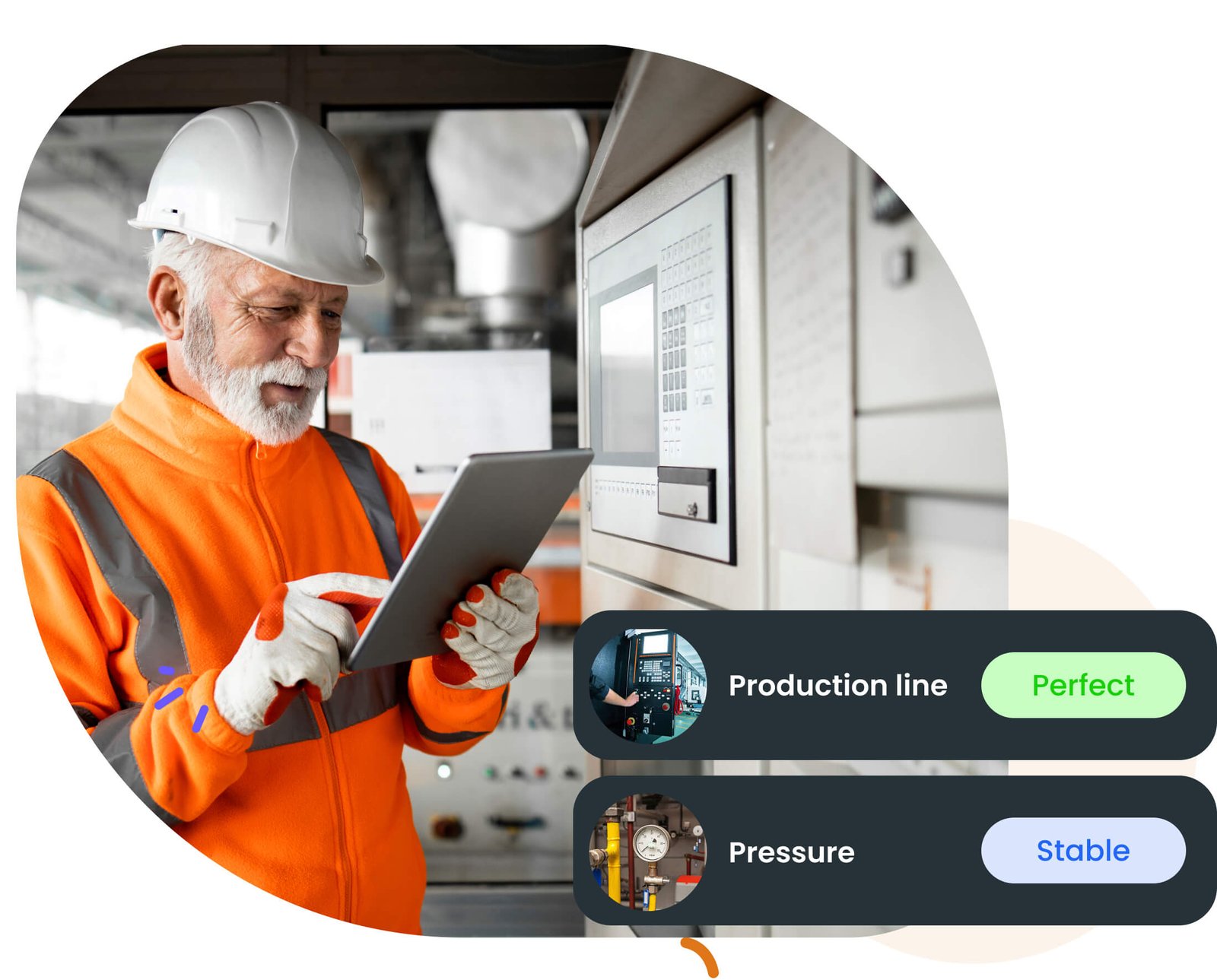Implementing the 5S System in the workplace can provide numerous benefits for businesses, employees, and customers alike. Here are some of the key benefits of implementing the 5S System:
- Improved Efficiency: By organizing and optimizing the workplace, the 5S System can help businesses streamline processes, reduce waste, and increase productivity. This can lead to faster turnaround times, improved quality, and lower costs.
- Enhanced Safety: The 5S System can help improve workplace safety by reducing clutter, identifying potential hazards, and promoting good housekeeping practices. This can result in fewer accidents, injuries, and lost workdays.
- Increased Employee Engagement: Engaging employees in the 5S process can help improve morale and foster a sense of ownership and responsibility for the workplace. This can lead to higher levels of job satisfaction, motivation, and commitment.
- Better Customer Service: By improving efficiency, reducing waste, and enhancing quality, the 5S System can help businesses provide better customer service. This can lead to increased customer satisfaction, loyalty, and repeat business.
- Continuous Improvement: The 5S System is designed to be a continuous improvement process, with regular review and adjustment. This can help businesses identify areas for improvement, refine processes, and stay ahead of the competition.
- Cost Savings: Implementing the 5S System can help businesses save money by reducing waste, improving efficiency, and increasing productivity. This can result in lower operating costs, increased profits, and improved financial performance.
- Improved Quality: By identifying and addressing potential quality issues, the 5S System can help businesses improve product and service quality. This can result in fewer defects, higher customer satisfaction, and better reputation.
Overall, the 5S System can provide significant benefits for businesses of all sizes and industries. By focusing on workplace organization, safety, efficiency, and continuous improvement, businesses can achieve better performance, higher quality, and improved customer satisfaction.
How to Implement 5s in Lean Manufacturing: Step by Step
Implementing the 5S System in Lean Manufacturing requires a structured and systematic approach to ensure that the process is effective and sustainable. Here are the step-by-step instructions for implementing 5S in Lean Manufacturing:
Step 1: Define the Scope The first step is to define the scope of the 5S implementation. This involves identifying the specific area or process to be improved, the goals to be achieved, and the resources needed. This step requires the involvement of key stakeholders, including management, employees, and process owners.
Step 2: Sort (Seiri) The second step is to sort or separate necessary items from unnecessary ones. This process involves identifying and removing clutter, obsolete items, and excess inventory from the workplace. The goal is to reduce waste, increase space, and improve efficiency.
Step 3: Set in Order (Seiton) The third step is to set items in order or organize them in a logical and efficient manner. This process involves creating designated storage locations, labeling and arranging items, and ensuring that everything has its place. The goal is to reduce search time, improve accessibility, and streamline processes.
Step 4: Shine (Seiso) The fourth step is to shine or maintain cleanliness and tidiness in the workplace. This process includes sweeping, dusting, and wiping down surfaces to ensure that the workplace is free from dirt and debris. The goal is to create a safe and healthy work environment and prevent accidents.
Step 5: Standardize (Seiketsu) The fifth step is to standardize the first three steps by creating standards and procedures for maintaining the improvements. This process involves documenting the new processes, training employees, and implementing performance metrics. The goal is to ensure that everyone follows the same processes and that the improvements made are sustained over time.
Step 6: Sustain (Shitsuke) The final step is to sustain the improvements made by continuously reviewing and adjusting the 5S system. This process involves regular audits, performance monitoring, and employee engagement. The goal is to ensure that the system remains effective and efficient and that employees are continuously involved and motivated.
In conclusion, implementing the 5S System in Lean Manufacturing can provide significant benefits for businesses, including improved efficiency, enhanced safety, increased employee engagement, better customer service, and cost savings. However, it requires a structured and systematic approach, involving all stakeholders and a continuous improvement mindset.



